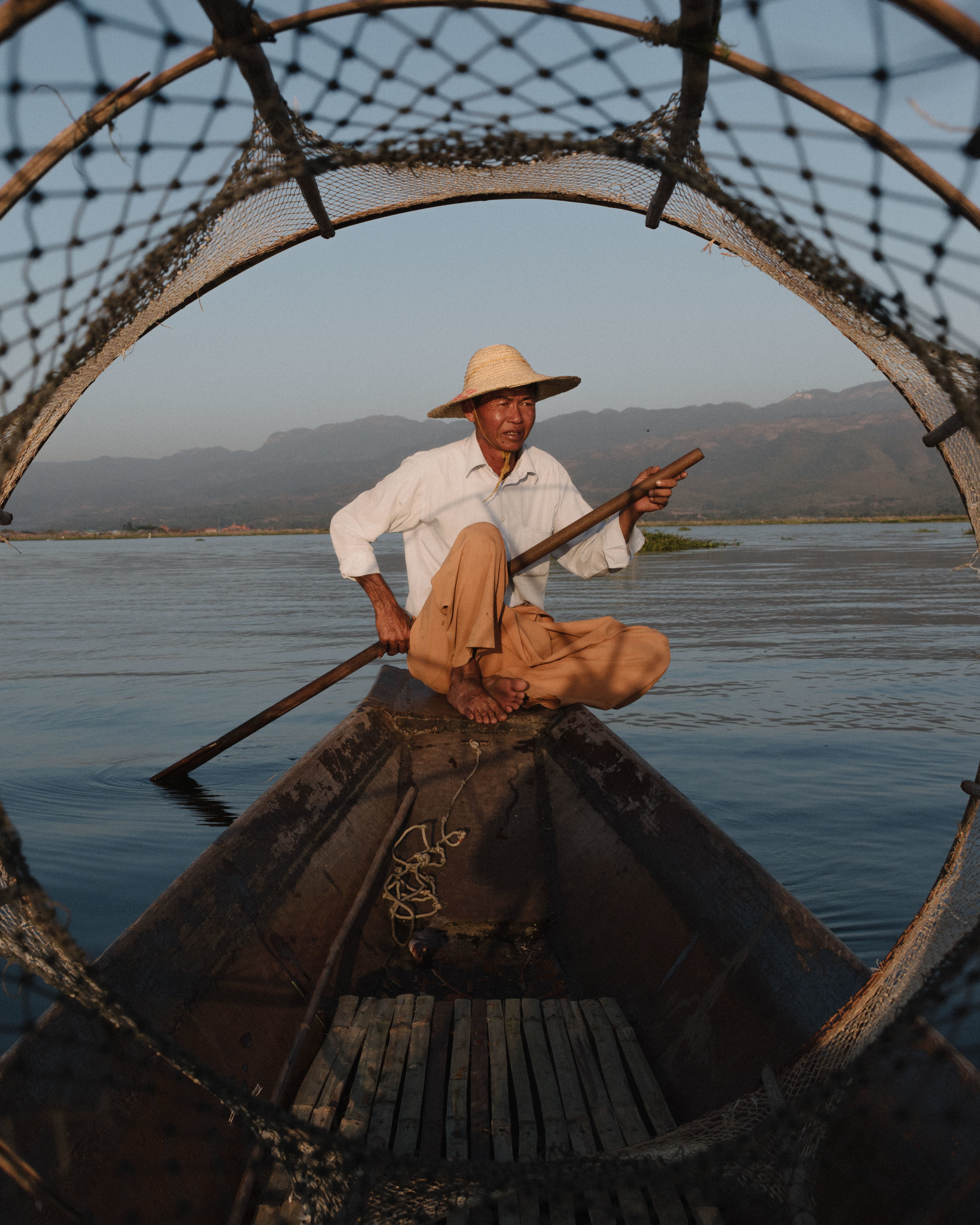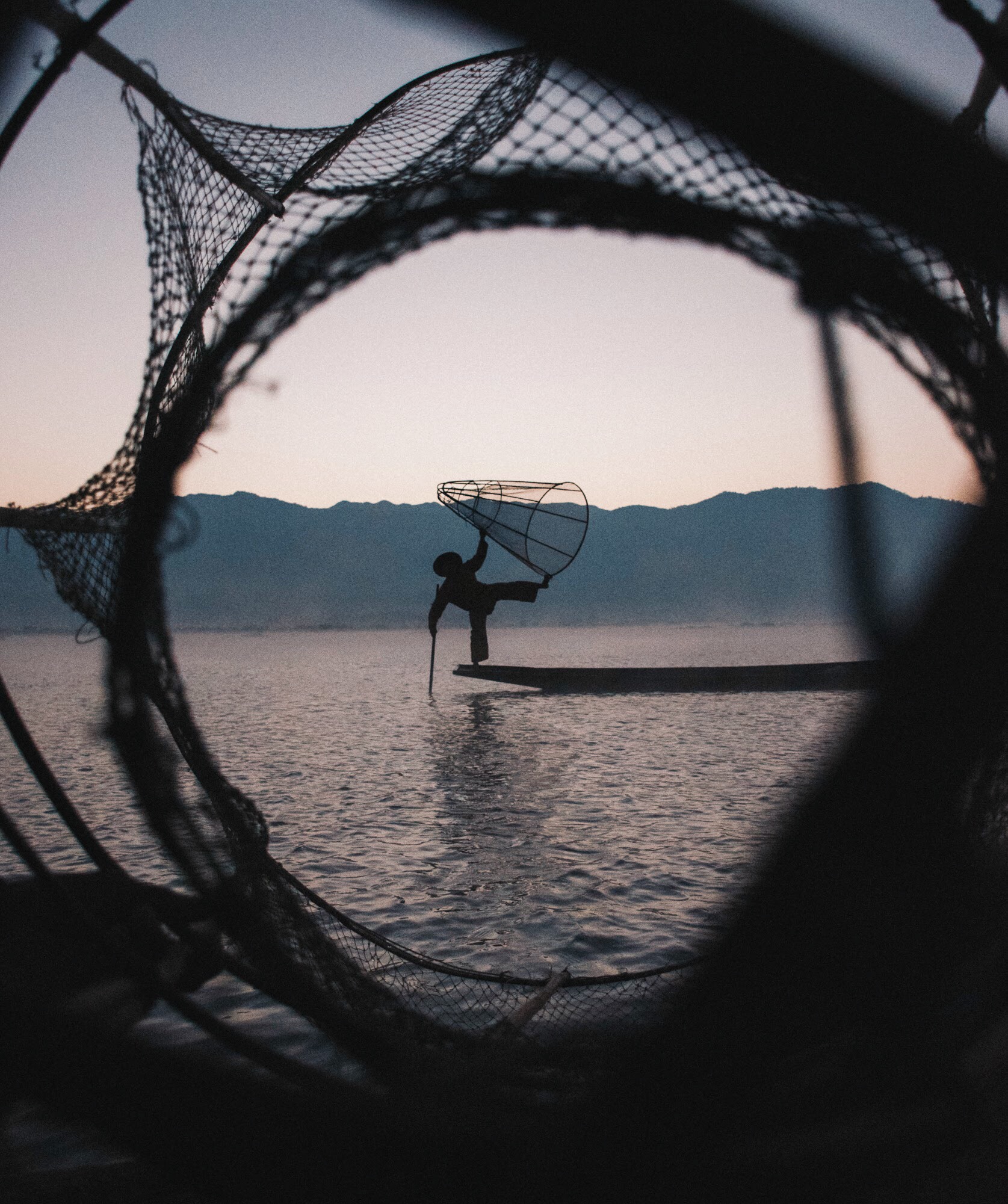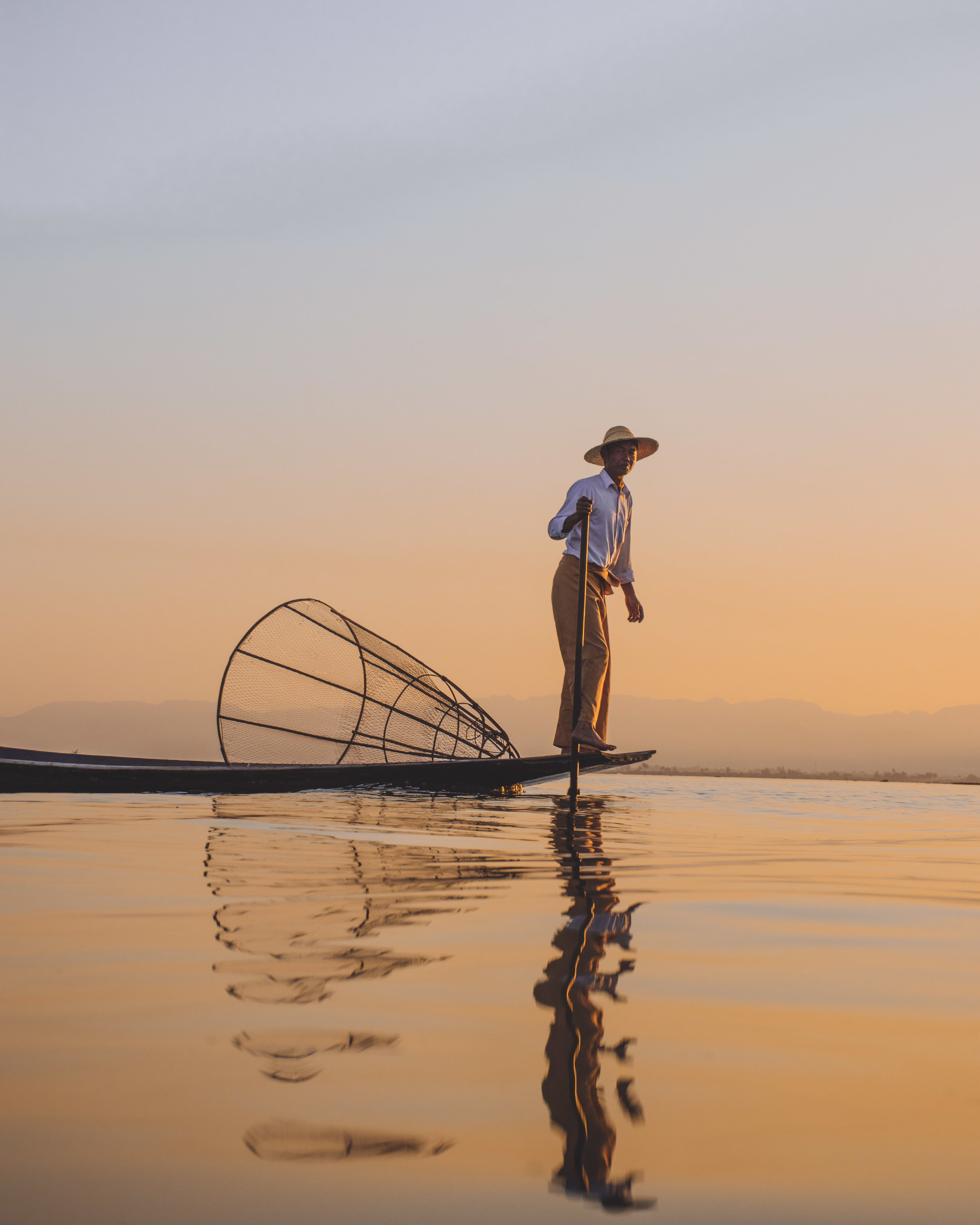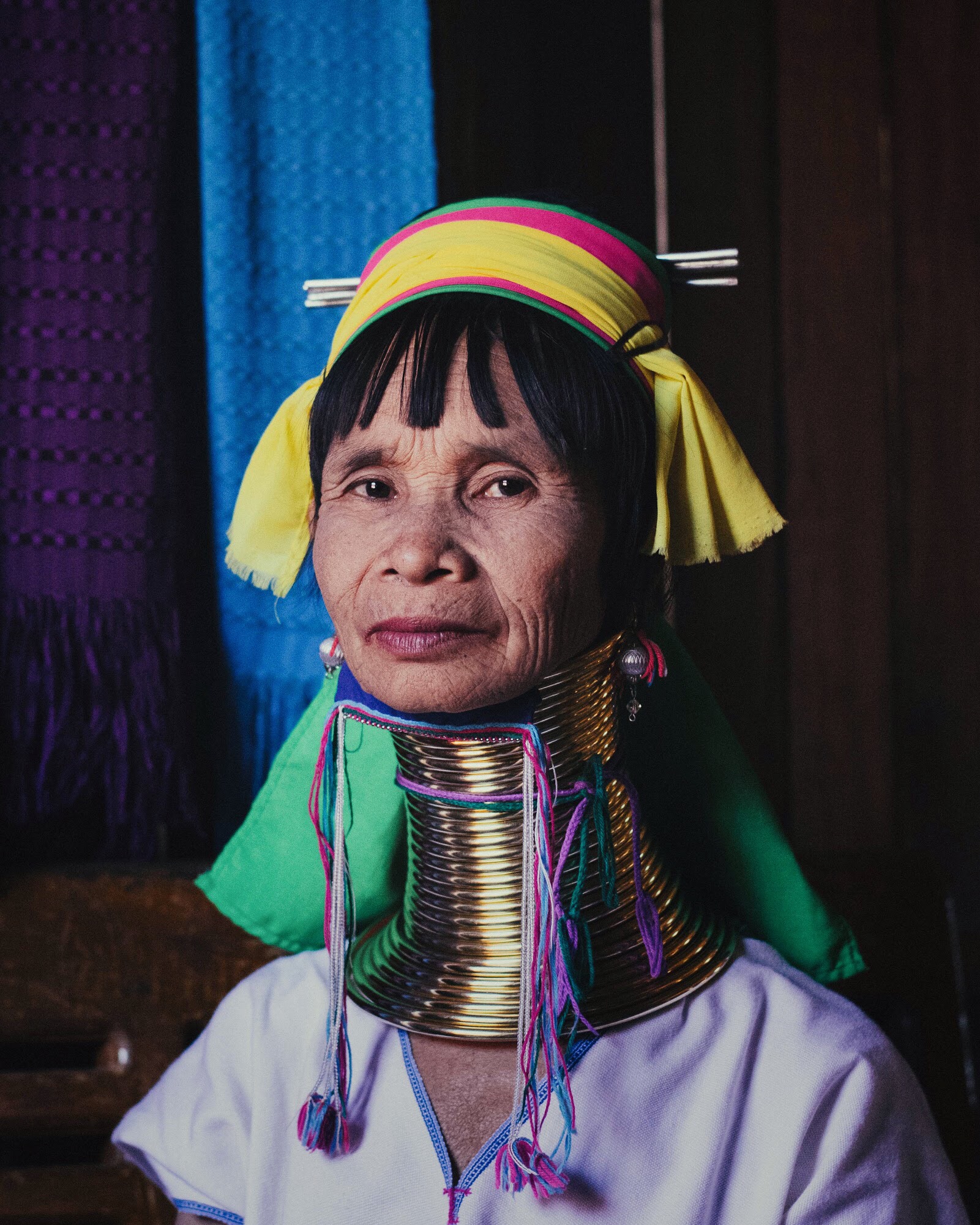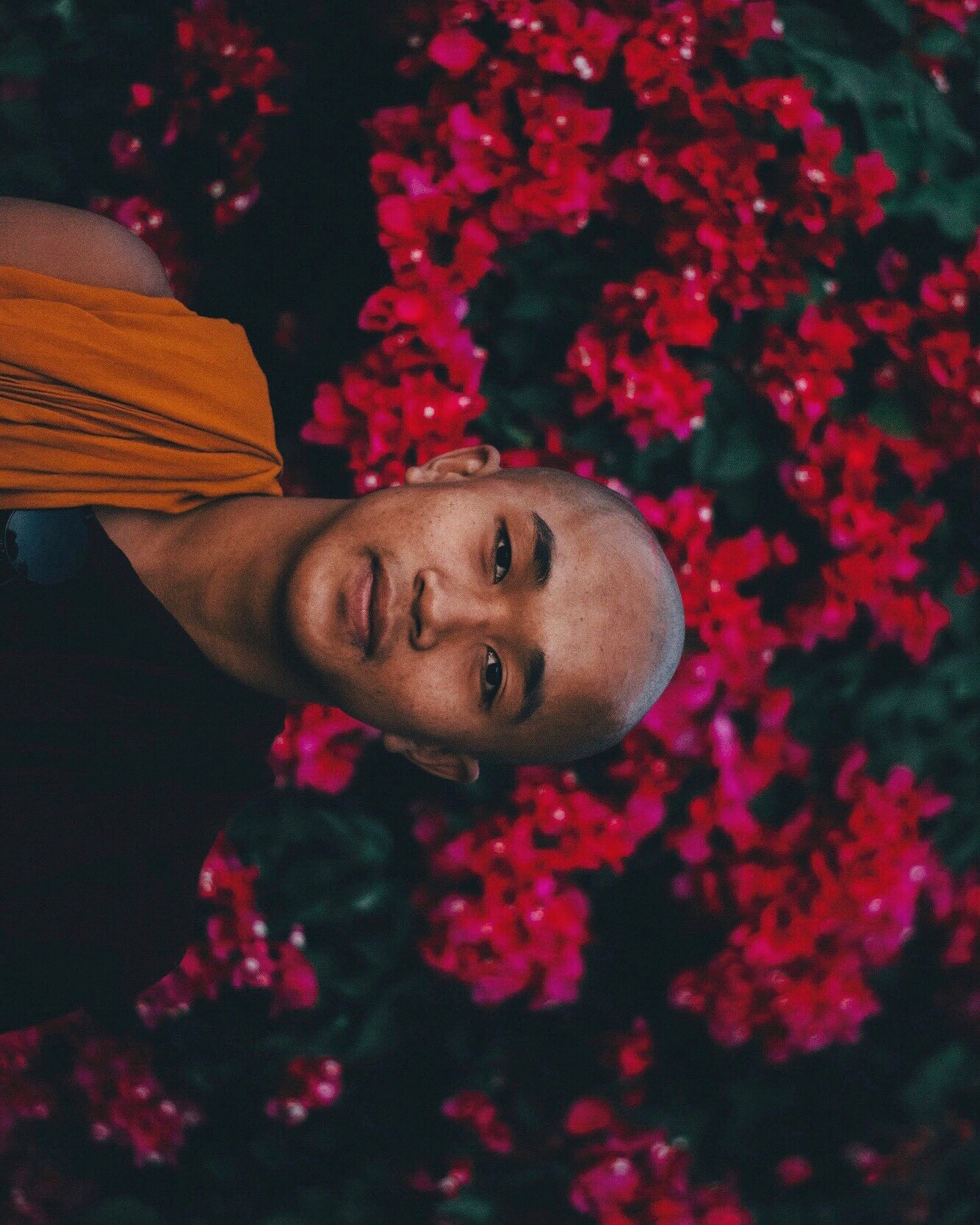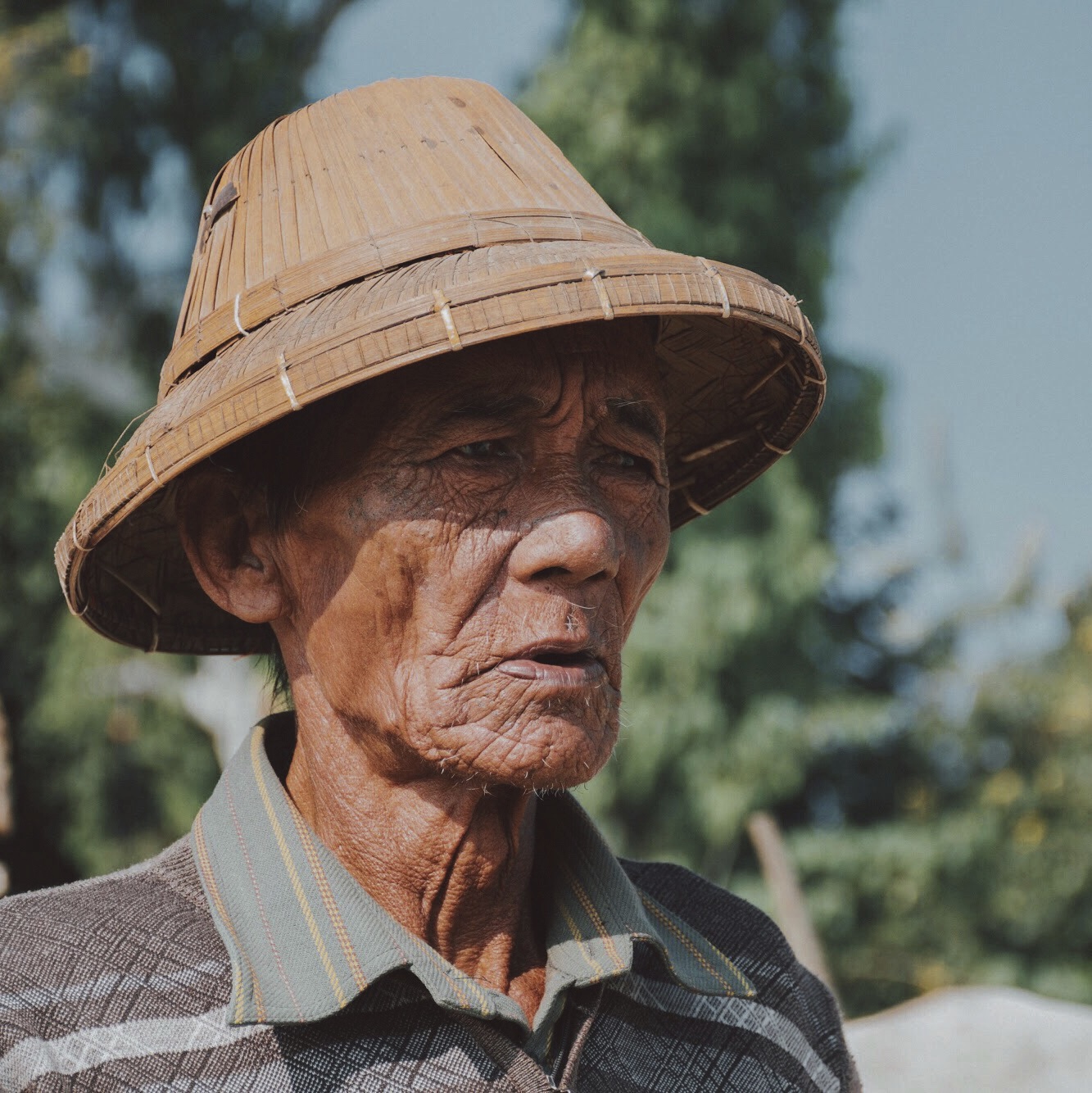Introduction // A Photographer's Journey Across Myanmar.
For a long time it had been a personal mission of mine to get to know and discover Myanmar. The first time I'd ever travelled alone was to Thailand at the age of 19 years old and I had instantly caught the travel bug. I’d fallen for SE Asia and had always intended to get to know surrounding countries, yet Myanmar had been off limits to tourists back then, so I'd have to focus efforts on exploring elsewhere... until now!
Over the years I became more and more intrigued by the country and through the internet and Instagram, came across fascinating and colourful portraits of locals. Images of different looking tribes, cheerful looking monks and landscapes and temples that looked totally unique to anywhere that I had travelled to before.
So, I made a plan to finally head to Myanmar! I’d spend a month travelling the country, armed with The Nikon D5600 and the AF-S NIKKOR 50mm f/1.8G and AF-S DX NIKKOR 18-140mm f/3.5-5.6 G ED VR lenses, to capture the landscape, people and culture as best as I could. I started my trip in Yangon and then made my way up to Mandalay and Bagan, then over to Inle Lake and finally heading down South to more remote locations that had just opened to tourism.
Below is my guide to Myanmar, in which I describe how I used the Nikon D5600 during my trip, as well as the best locations and top photography spots.
Shooting Different Angles:-
The Nikon D5600 vari-angle screen allowed me to capture shots that I wouldn't be able to get accurately with a normal camera. For example, when I jumped onto a tiny boat of a local fisherman at Inle Lake (see full range of this particular photo series below) I was able to get the camera low, I could extend my hand out below and in front of me, bend the screen to a position so I could clearly see what I was shooting and adjust the composition and framing. I was also able to be certain that I'd got the focus in the correct place. In this case as I was taking a portrait of the fisherman's face, which I wanted to focus on.
I also used the screen when I wanted to get the camera low to water for interesting reflection shots, to take photos of animals at their eye-level, to view what I was shooting when the camera was on a tripod and when attempting to take photos from above head height when wanted to experiment with different perspectives.
Editing Photos On The Go:-
Myanmar is becoming more modern, but I often found myself in locations where I wouldn't have access to a cafe or easily find Wi-Fi. I intended to cover a lot of ground too over the month, but I still wanted to be able to edit and share photos whilst on the move.
Using Nikon’s Snapbridge app I was able to edit photos and upload them to my social channels whilst on the move. Having a seamless process like this and being able to cut out the time it takes to get photos from the camera to an external hard drive is a lifesaver. It actually led me to share more quality content onto Instagram stories and Facebook, in almost real time. For example straight after I had watched the sunrise in Bagan I shared a video I took with my phone but I was able to follow the next Stories post up with a photo that I had taken with the camera. Often if 24 hours had past and I hadn't managed to save or edit the photos on my computer, I would have missed the opportunity to post and moved onto the next day’s content. My laptop battery doesn’t last too long, so I wouldn’t have chance to edit until it was charged.
Another way in which I used the app was to control the camera settings and to take self-portraits s. Like many modern day social media savvy solo travellers, I like to be within my shots from time to time. In Myanmar I was able to connect to the app, get in front of the lens and using the “live view” screen to get into position. After a test shot, which would instantaneously show on my phone, I'd then could tweak the camera settings from the app and take the shot again. There is also the option to have a time delay, so I would be able to press the trigger button and then get the phone out of sight.
Getting Up Close:-
In order to capture detail, I like to try to get close to my subject - whether this be of people, fruits on a market or statues within a temple. I shoot in RAW so that the image has a high pixel count and I can manipulate the image confidently in the post process without there being distortion and noise.
You can see from the gallery of shots below my favourite “detail” shots from across Myanmar.
Low Light Photography:-
Nikon’s D5600 has a high ISO range, so I was confident that I'd have the chance to shoot with it early in the morning and late at night, to achieve some decent results. As with a lot of travel-based photographers I shoot most of my photos within dusk and dawn, also known as the ‘Golden Hour’. This way I can make the most out of the atmosphere, mood and colours in my images.
In my mind I always knew that Bagan would be the location I was most looking forward to capturing. Getting to explore over 2000 ancient Buddhist monuments in a locations that still is relatively quiet in terms of tourism had huge appeals – I always like to discover the unknown and thats getting harder to do these days . Then there is the fact that each morning handfuls of balloons gracefully float in the background of the silhouettes of these temples to create something that looks truly magical and unique.
I was there for three mornings and each and every day I made sure I was up at a temple sunrise spot. Although I do travel with a tripod most of the shots that you see within the gallery below were shot handheld. Even with the ISO cranked up to high levels on Nikon’s D5600 I was very impressed with how sharp and without noise the images came out.
Outro:-
It's hard to summarise a life altering one month trip to Myanmar in just a few words but I can say that it has had a huge impact on me as a traveller and as a photographer.
Myanmar isn't the easiest place to travel but the people were incredibly friendly and welcoming and there is something extra rewarding in getting to know a country that hasn't been so widely shared, or even overshared, on social media platforms.
I definitely want to go on more project based travel trips like in the future. Going there with a mission to capture such a variety of the culture from the people to landscapes allowed me to challenge myself and grow in different areas of photography from the way I researched a trip to how I approached and shot locals. Going there with a thought out plan allowed me to walk away with a collection of shots and videos that connected to tell a bigger story too.
I've felt some pride in completing this latest mission and I've already had some great feedback but please do feel free to let me know your thoughts in the comment section below.
Thanks for reading!
